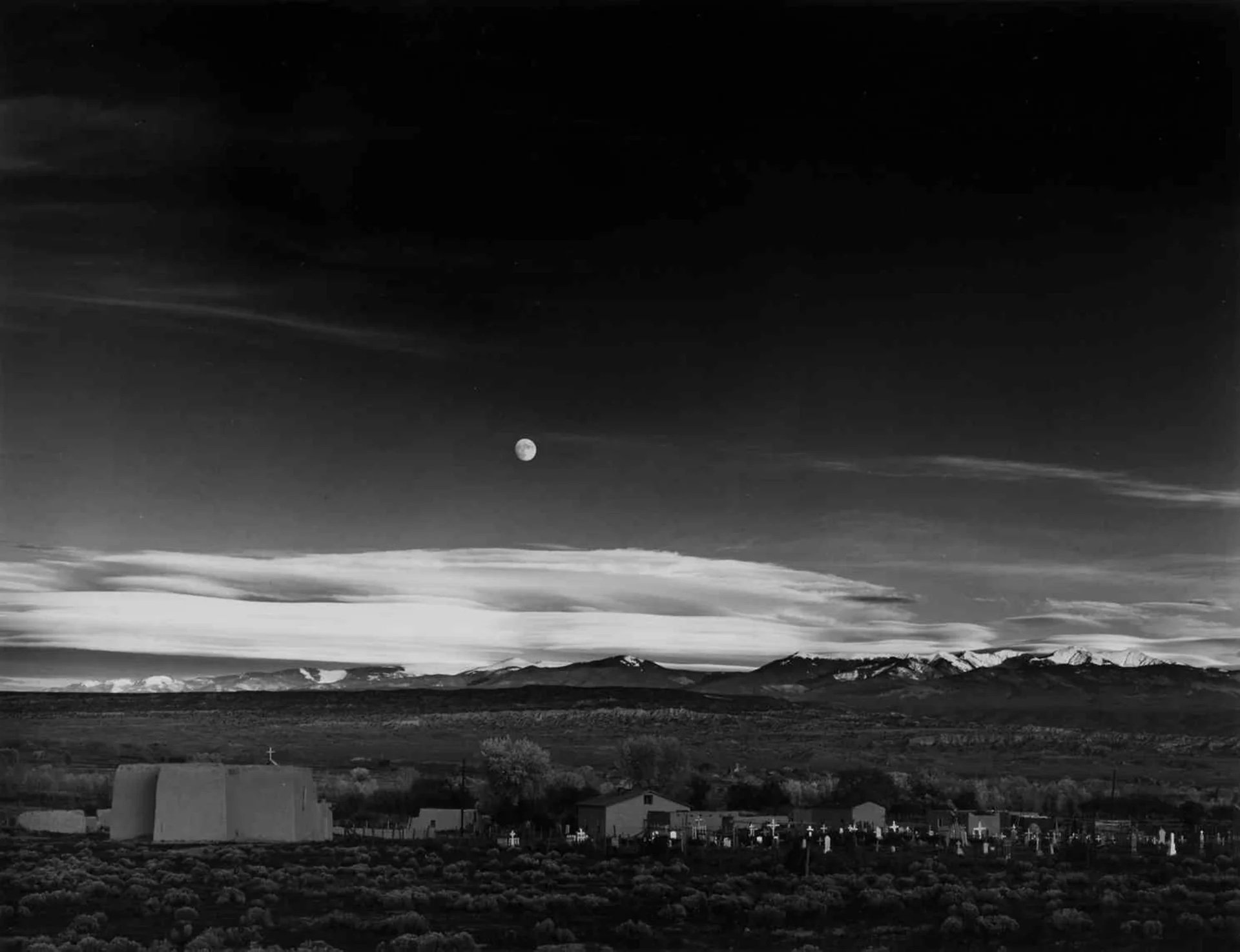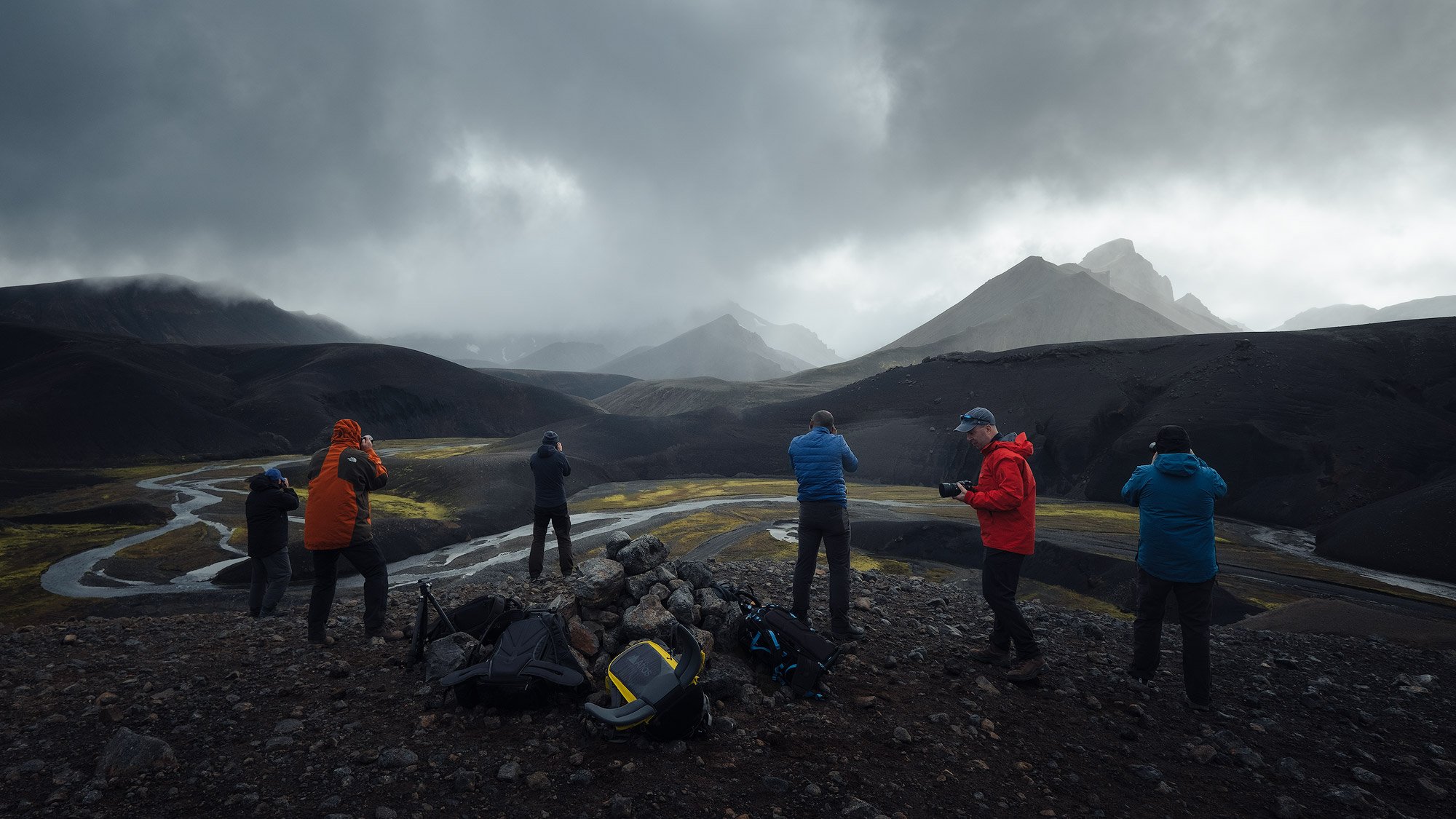Photo Editing: Don’t listen to those ‘Photographers’!
1. Introduction
I'm pretty sure you've all heard the phrase 'get it right in camera' at least once. It's often touted as the hallmark of a true professional, alongside other mantras like ‘real photographers always shoot in manual mode.’
For a long time, I believed that mastering these skills was the ultimate goal in photography. But as I've grown and evolved in my craft, I've come to realize that there's so much more to creating beautiful images than just what happens when you press the shutter button.
Let's start by acknowledging that getting things right in camera is indeed important. Nailing your exposure, composing your shot carefully, and being intentional about your settings are all crucial skills to develop. These fundamentals give you the best possible starting point for your final image.
Unedited RAW file
Edited version using my signature Storyteller Lightroom Presets pack
Unedited RAW file
Full edit in Photoshop
However, the idea that post-processing is somehow cheating or less "pure" is a misconception that can hold photographers back from reaching their full creative potential.
Long before digital cameras and editing software, photographers were manipulating their images in the darkroom. The legendary Ansel Adams wrote entire amazing books about his techniques for developing negatives and making prints. He saw the negative as just the starting point, with the final print being where his artistic vision truly came to life through dodging, burning, and other darkroom techniques.
Ansel Adam’s Moonrise Over Hernandez
Original contact print (left), published print 1975 (right).
No one would argue that Ansel Adams wasn't a "real" photographer because he spent hours perfecting his prints in the darkroom. So why do some people look down on digital editing as if it's somehow less valid?
The tools may have changed, but the creative process remains the same.
In fact, many of the great photographers throughout history pushed the boundaries of what was possible with their images. The Surrealists in the 1920s and 30s used techniques like solarization and montage to create dreamlike, otherworldly images that challenged conventional photography.
Man Ray, Sleeping Woman, 1929
Even more recently, Sebastião Salgado despite criticism from some purists for his heavy-handed approach to photo editing, has transformed documentary photographs into works of art that border on the surreal.
Sebastião Salgado, Anavilhanas Islands, Anavilhanas National Park, Amazonas state, 2009.
The advent of digital photography and editing software has simply democratized these techniques, making them accessible to a broader range of photographers. Instead of needing a fully equipped darkroom and years of technical expertise, anyone with a computer can now experiment with advanced editing techniques.
This doesn't make the resulting images any less valid or artistic – it just opens up new possibilities for creative expression.
That said, it's important to remember that editing is a tool, not a crutch. The old darkroom adage "You can't make a good print from a bad negative" still holds true in the digital age.
No amount of Photoshop wizardry can save a fundamentally flawed image.
That's why it's still crucial to develop your skills behind the camera and strive to capture the best possible raw material to work with.
2. In-Camera Technique & Post-Processing
Here's how I approach the balance between in-camera technique and post-processing:
Shoot with intention: I always try to get as close to my desired final image as possible when I'm actually taking the photo. This means paying attention to composition, lighting, exposure, and all the other elements that make a strong photograph.
Use RAW format: Shooting in RAW gives you much more flexibility in post-processing, allowing you to recover highlights and shadows, adjust white balance, and make other tweaks without degrading image quality.
Think of editing as part of the creative process: Instead of seeing editing as a way to "fix" photos, I approach it as an extension of the creative act that began when I first envisioned the image.
Experiment and develop your style: Just as every photographer has a unique way of seeing the world through their lens, you can develop a signature editing style that enhances your artistic voice.
Be honest about your process: If you heavily manipulate an image or create a composite, there's nothing wrong with that – but be upfront about it if asked. Transparency helps maintain trust with your audience.
Remember, the goal of photography is to create images that move, inspire, or inform. Whether you achieve that solely through your camera skills or with the help of editing software is far less important than the final result and the emotion it evokes in your viewers.
So, to all the photographers out there feeling conflicted about editing: I encourage you to embrace the digital darkroom as a powerful tool in your creative arsenal.
Learn the fundamentals, master your camera, but don't be afraid to push boundaries and explore the full potential of your images in post-processing.
After all, photography has always been a blend of technical skill and artistic vision – and in the digital age, we have more tools than ever to bring our creative dreams to life.
Recommended Articles
PHOTOGRAPHY WORKSHOPS
Want to improve your photography?
Join me in one of my photography workshops:














